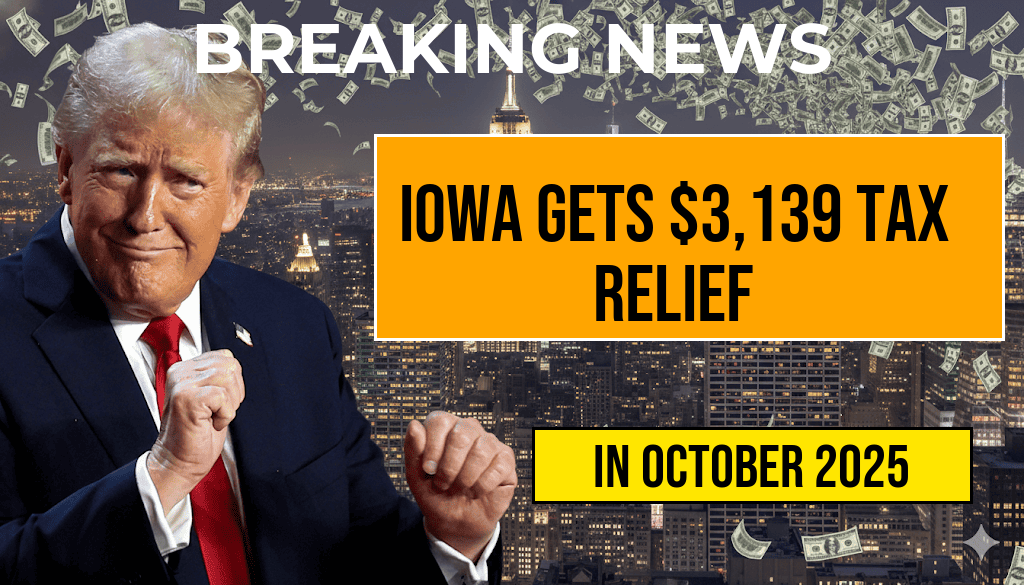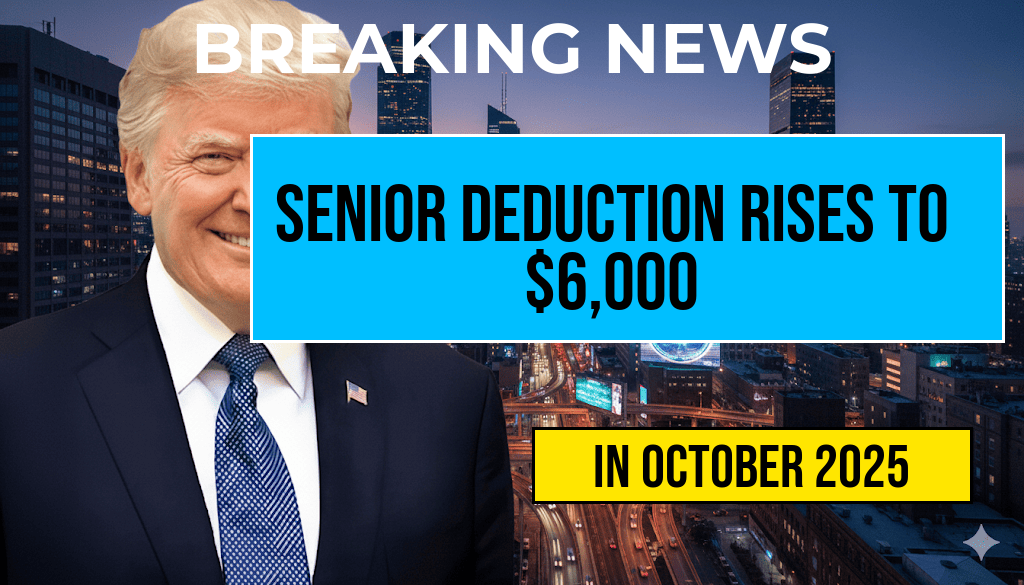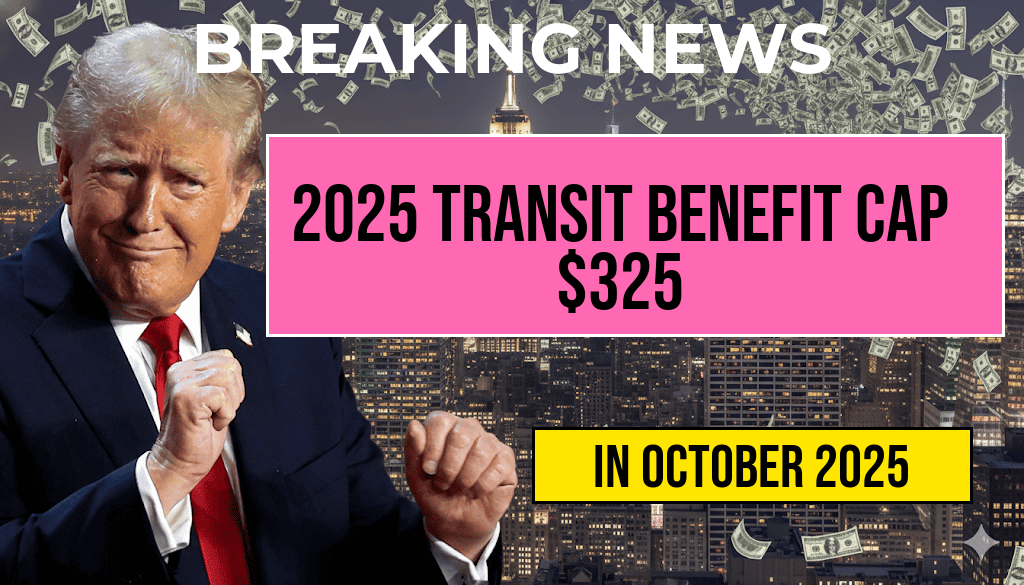Iowa residents are set to see an average of $3,139 in tax relief under the proposed changes stemming from President Trump’s tax plan. This estimated benefit reflects the impact of recent legislative adjustments aimed at lowering tax burdens across various income brackets within the state. The plan, which has garnered both support and criticism nationwide, is designed to streamline tax codes, reduce rates, and incentivize economic growth. For Iowa’s taxpayers, the additional relief could translate into increased disposable income, potentially boosting local spending and saving. As policymakers continue to refine these proposals, the tangible benefits for Iowans are expected to vary based on individual financial circumstances and filing status.
How the Tax Relief Is Calculated
Methodology Behind the Estimate
The $3,139 figure is derived from modeling the projected federal tax savings for a representative Iowa household, factoring in income levels, deductions, and credits. Analysts from the Tax Foundation and other fiscal research groups have used current tax data to simulate the effects of the proposed adjustments. These estimates consider changes such as reductions in individual income tax rates, increased standard deduction levels, and modifications to child tax credits.
Impacted Income Brackets
While the overall average indicates substantial savings, the benefits are not evenly distributed. Middle-income families, earning between $50,000 and $100,000 annually, tend to see the most significant relief, whereas higher-income households may experience more modest savings. Conversely, some lower-income households might see limited or no direct benefit, depending on their specific tax situation.
Legislative Details and Key Provisions
Tax Rate Adjustments
- The plan proposes reducing the top individual income tax rate from 37% to 35%.
- Lower income brackets could see reductions from 12% to 10%.
- Overall, the plan aims to simplify tax brackets, reducing the number from seven to four.
Standard Deduction and Credits
- The standard deduction would increase, providing more significant tax-free income for filers.
- The child tax credit would be expanded, offering additional relief for families with children.
- Business deductions and incentives are also targeted for reform to stimulate economic activity.
Implications for Iowa’s Economy and Households
Potential Economic Boost
Proponents argue that lowering taxes can encourage investment, increase employment, and foster economic growth within Iowa. By leaving more income in the hands of individuals and businesses, the plan aims to stimulate local markets and support job creation.
Critics’ Perspective
Opponents contend that such tax cuts could lead to increased federal deficits and underfunded public services. Some analysts warn that benefits might disproportionately favor higher-income households, with middle and lower-income groups experiencing limited gains or facing future tax hikes to offset losses.
Public Response and Political Context
Within Iowa, reactions to the proposed tax relief vary along political lines. Supporters in the state’s Republican leadership emphasize the potential for economic revitalization and increased competitiveness. Meanwhile, Democratic officials and advocacy groups highlight concerns over fiscal sustainability and equitable distribution of benefits. The debate underscores broader national discussions about tax policy and income inequality.
Looking Ahead
As legislative negotiations continue at the federal level, the actual implementation of these tax changes remains uncertain. If enacted, the relief for Iowa taxpayers could reflect a significant shift in the state’s fiscal landscape, influencing personal finances and local economic strategies. Residents and policymakers alike are closely monitoring developments, weighing the potential advantages against long-term fiscal considerations.
Related Resources
| Tax Bracket | Current Rate | Proposed Rate |
|---|---|---|
| 10% | $0 – $9,950 | $0 – $12,950 |
| 12% | $9,951 – $40,525 | $12,951 – $50,600 |
| 22% | $40,526 – $86,375 | $50,601 – $86,375 |
| 24% | $86,376 – $164,925 | $86,376 – $164,925 |
For more detailed analysis, visit the Wikipedia page on U.S. taxation or review recent coverage from Forbes.
Frequently Asked Questions
What is the total amount of tax relief Iowa will receive under Trump’s tax plan?
Iowa is set to receive approximately $3,139 in tax relief under Trump’s tax plan.
How does Trump’s tax plan impact taxes in Iowa?
The plan is designed to provide tax relief to residents and businesses in Iowa, potentially reducing taxes owed and increasing disposable income.
When will Iowa start seeing the tax relief benefits?
The tax relief benefits are expected to be reflected in tax filings for the upcoming fiscal year, with some residents seeing changes in their tax bills soon.
Who qualifies for the tax relief under Trump’s tax plan in Iowa?
Eligibility for the tax relief largely depends on individual tax circumstances, income levels, and filing status, with most residents and small businesses qualifying to receive benefits.
Are there any specific changes in tax policies in Iowa due to Trump’s tax plan?
Yes, the tax plan introduces various policy changes aimed at simplifying the tax code and providing targeted tax relief to residents, which may include adjustments to tax rates and deductions.







